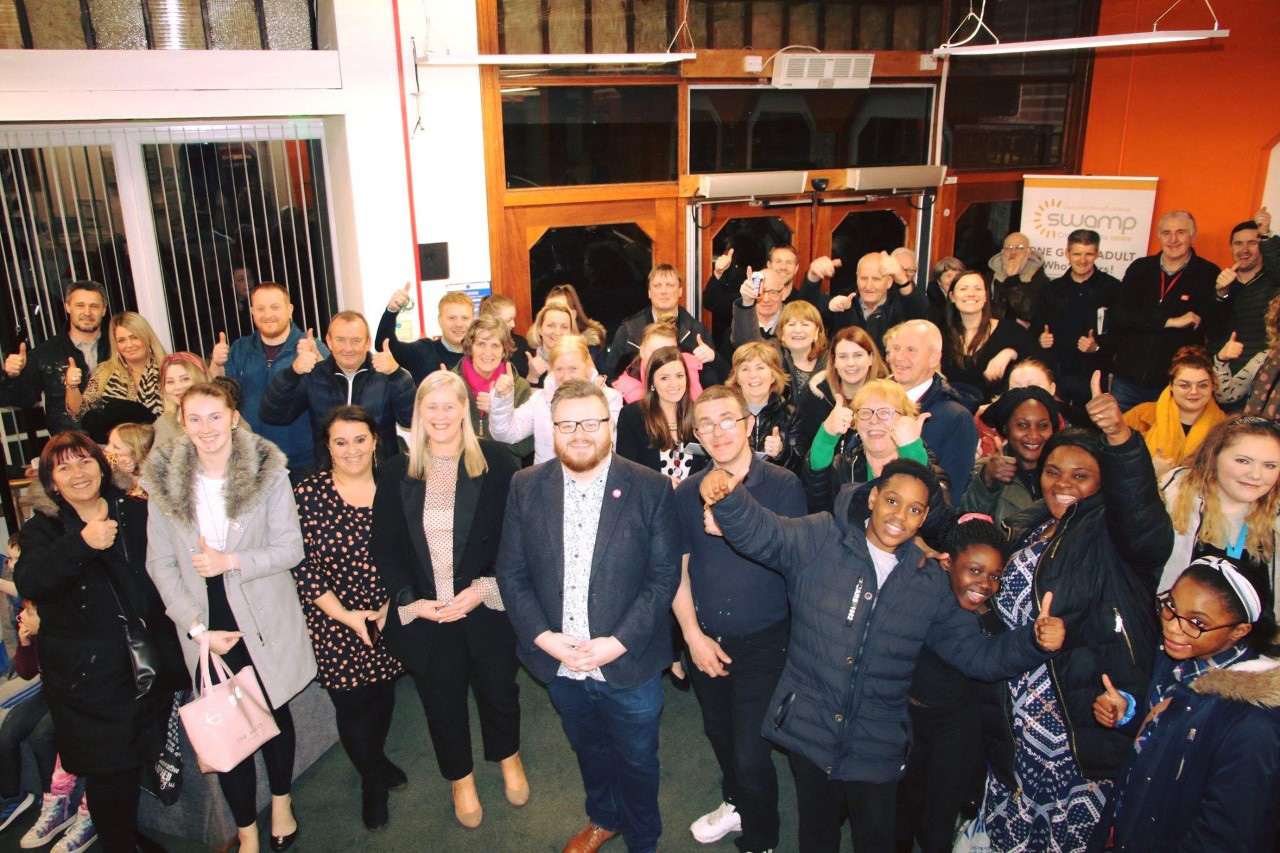Maggie Brunjes, Chief Executive of Homeless Network Scotland, on why we must commit to making it easier to end homelessness in Scotland.

Scotland is legally committed to everyone having a home to build and live their lives. But has so far lacked the systems – and in some places, resources – to achieve that. That’s the bottom line.
There can be few things in life as stressful as being homeless or at risk of losing your home. Some who experience it also encounter a system of services and information difficult to navigate, or even to locate.
All worsened by a pandemic, world events and a cost-of-living crisis creating global stress that will continue to impact at a local and personal level in ways that we probably still don’t fully understand. As 2022 was drawing to a close, the impact of this relentless stress on people who work in or around housing and homelessness was very clear.
When systems don’t work for people – they also severely affect the people working in the system.
So what needs to give?
To keep improving a system is to make it easier, better, faster, cheaper. And in that order.
That’s the accepted wisdom of world leading engineers adopted by experts on system improvement. The social sector, concerned with people and not products, is more complex, but we have plenty to gain from adopting a better method of improving local systems in ways that make it easier to put people first.
Specifically for the homelessness sector, we can recognise that starting at the end of this sequence – making it cheaper and faster – does not work, although we regularly see it attempted in ways that include:
- The market that has been allowed to underpin health and social care services pushing services to drop prices, to compete for new contracts or hold on to existing ones. A zero-sum game; cheaper, but not always better or even easier.
- In some parts of the country, rough sleeping has been swapped for lives being lived out of hotel rooms or in unsuitable temporary accommodation. While the enormous efforts of local authority and third sector colleagues to hold firm significant reductions in rough sleeping should be lauded, we also know from experience that long periods in close quarters builds stress and fatigue, damages relationships and forces the hand around issues like risk and autonomy. And as a response, it’s neither easier, better, faster or cheaper.
- The cost and private profit reaped at the expense of lives in limbo. Year after year, the go-to providers of temporary accommodation in some places remain so because of the corner we’re backed into, and the difficulty managing a safe transition. Not easier or better, or cheaper.
- Uniformity. Poverty drives housing inequality and goes hand in hand with things like our age, our gender, our ethnicity. Increasing our collective knowledge and competence around equality, at policy, commissioning and practice level, can help us leave behind the blanket approaches that ultimately make lives harder.
There is a constant call on the housing and homelessness sector to achieve ‘pace and scale’ to resolve the injustice of homelessness. Which is right – we do need pace, and we do need scale and across many fronts: in housing supply and access, in reducing the reliance on temporary accommodation. In the responses that we know work, like rapid rehousing, Housing First, residential rehabilitation, cash-first autonomy. And we need pace and scale to resolve access to the services that are too hard to reach – like mental health services and to ensure no wrong door for people braving a range of challenges. Notably, we need pace and scale on all this because we understand these big actions to resolve homelessness will also prevent it, a virtuous cycle.
But it will take more than more houses to achieve pace and scale. To create the right conditions, we must also commit to making it easier for people working in the housing and homelessness sector.
How do we do that? Local Rapid Rehousing Transition Plans have been shown to be the right mechanism to chart a route away from over reliance on temporary accommodation, and towards earlier prevention. For 2023, we need to commit to:
Make it easier:
- Reach across sectors on the big questions of supply and demand for housing and services. There’s much to learn from each other, and solidarity we can provide each other.
- Prioritise and protect the time needed to build positive and trusted relationships – with people tapping into services, and across the range of professional relationships too.
- Trust the decision-making competence of people who support people – those who do it well need higher reward in pay, profile and influence.
- Call out when organisational self-interest and egotism is to the detriment of local outcomes. Those that are motivated for the wrong reasons are in the wrong place and will hold us back.
- Rethink paperwork, assessments, sharing data and attitudes to risk.
And make it better:
- Be guided by evidence and experience about what works and what matters most to people. Innovation is great, but the most evidenced and effective solutions to homelessness are intuitive and straightforward.
- Value more structured and facilitated conversations – creating spaces for shared learning with tight feedback loops to close the gap between policy intentions and what actually happens on the ground. Committees, taskforces, groups and subgroups have their place, but there are better environments to really learn and deliver together.
- Take collective responsibility to recognise and help the areas with the biggest challenges. How can we achieve cross authority approaches to better target knowledge, resources and infrastructure.
All things are difficult before they are easy. But combined, making our work easier and better provides the conditions for pace, scale and cost effectiveness. From 2023, we must commit to making it easier to end homelessness and give each other a better chance of achieving progress at the pace and scale we want. By doing so, we will make it easier, better and faster for people facing a housing crisis too.
